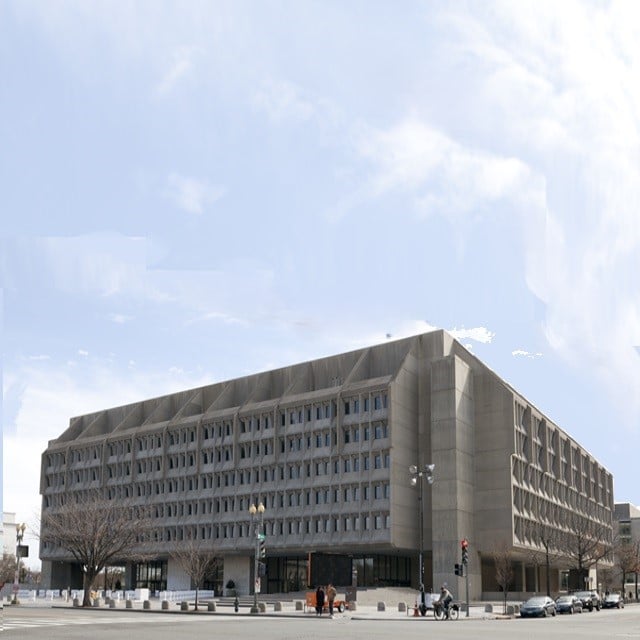Medigap Policies Face New Federal Nondiscrimination Rule

Sex and gender: In the original draft of the new final rule, which was posted in 2022 and received about 74,000 comments, HHS proposed replacing references in HHS health regulations to discrimination based on “sex” with references to discrimination based on “sex (including sexual orientation and gender identity.)”
In the final rule, HHS replaces “sex” with the phrase “sex (including discrimination on the basis of sex characteristics, including intersex traits; pregnancy or related conditions; sexual orientation; gender identity; and sex stereotypes).”
Notices: Federal regulators already require many communications related to health care to come with notices explaining that help is available in languages other than English and in formats designed for people with disabilities.
The new section 1557 final rule applies the language and and accessibility notice requirements to communications about medical billing services and medical bill collections efforts.
Enforcement: The HHS Office for Civil Rights is in charge of section 1557 compliance.
When the office reviews a Medicare supplement insurance policy or other supplement health insurance product, it will consider an insurer’s “legitimate, nondiscriminatory reason for the challenged feature,” HHS officials say.
The office will try to help an insurer comply with section 1557 without leaving the Medigap market or hurting product quality, officials say.
“However, section 1557 would preempt a state law Medigap requirement — or any other excepted benefit requirement — that compelled conduct prohibited by section 1557 as applied to a recipient health insurance issuer subject to section 1557,” according to HHS officials.
Section 1557 coordinators: The new HHS nondiscrimination regulations also require any health insurance agency, health insurance brokerage firm or health insurance web broker with 15 or more workers to name a nondiscrimination coordinator within 120 days after the final nondiscrimination rule takes effect.
The coordinator would have to understand the nondiscrimination rules well enough to receive, investigate and process discrimination allegations. HHS officials are estimating that a typical coordinator will spend about 10 hours per year investigating complaints and storing complaint records.
The coordinator can be someone already on a firm’s staff but must be in a position to administer nondiscrimination requirements impartially.
The worker count for determining whether a firm must name a coordinator will include part-time employees and independent contractors as well as full-time employees.
“We intend for this clarification to reduce concerns that the 15-employee threshold may lead to questionable employment practices,” officials say.
Coordinator contact information: An affected entity must post a telephone number, an e-mail address and a mailing address for the coordinator on its website, even if that could lead to the coordinator being harassed by workers who oppose the nondiscrimination requirements, officials say.
“Absent this information, individuals who need to reach the coordinator will have no knowledge of how to do so,” officials say. “If a covered entity’s staff is harassing the coordinator because of the coordinator’s job responsibilities, the covered entity should take appropriate measures to address the harassment.”
In some cases, officials say, coordinators who are harassed might be able to file their own discrimination charges with the Equal Employment Opportunity Commission.
“If staff, including a covered entity’s coordinator, are being threatened by other covered entity staff or by individuals external to the covered entity, we strongly encourage reporting these threats to the FBI at 1-800-225-5324 or via www.fbi.gov/tips,” officials say.
The headquarters building of the U.S. Department of Health and Human Services in Washington. Credit: Carol Highsmith/General Services Administration






